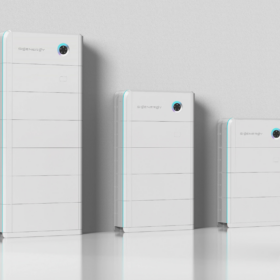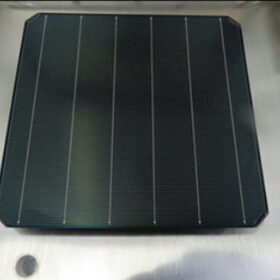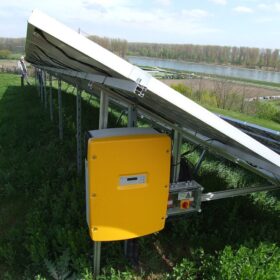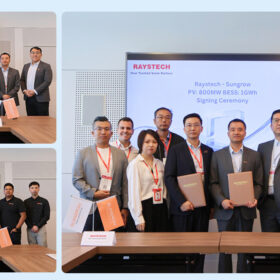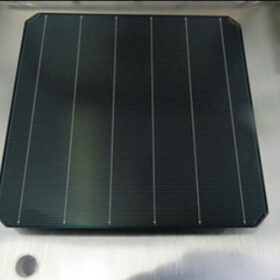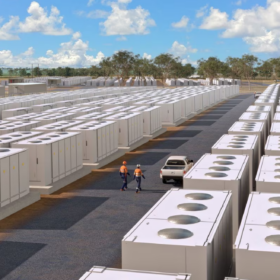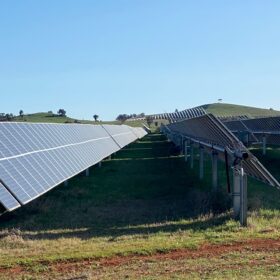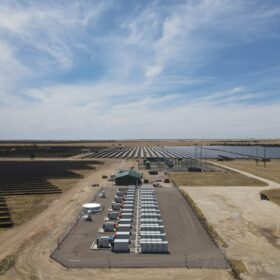Sigenergy points to installation practices for product recall
Sigenergy says the issue that has prompted a voluntary recall of the company’s 8 kW, 10 kW and 12 kW single-phase inverters in Australia and New Zealand stems from incorrect installation practices, not a product defect.
Octopus awards key contracts for hybrid solar and battery project
The Australian arm of British renewables developer Octopus Investments has awarded key contracts as it pushes ahead with construction of a $900 million hybrid solar and battery energy storage project in southern New South Wales.
Hydro Tasmania seeking 1,500 GWh new solar, wind
Hydro Tasmania is seeking to increase its renewable energy generation to meet growing energy demands and support the state’s industrial expansion.
Longi reveals details of world’s most efficient silicon solar cell
In a new scientific paper, the Chinese solar manufacturer explained that the 27.81%-efficient hybrid interdigitated back-contact cell it unveiled in April is based on passivated tunneling contacts and dielectric passivation layers, while also incorporating both n-type and p-type contacts.
Sinovoltaics releases new PV inverter manufacturer financial stability ranking
The quality assurance firm updated its inverter manufacturer financial stability ranking with Kstar Science and Technology, APSystems and Delta Electronics in the top three spots. It reported 19 manufacturers showing “strong financial resilience” based on Altman-Z scores.
How mandatory climate reporting is raising the bar for corporate leadership
Around the world, businesses are entering a new era of accountability. The shift toward mandatory climate-related financial disclosures is transforming how organisations understand and govern key drivers of financial performance.
Raystech to supply 1 GWh of Sungrow battery energy storage systems in 2026
At All Energy 2025, Sungrow inked deals with three Australian energy wholesale and distribution companies, Raystech Group, Supply Partners and Tradezone, marking a pivotal milestone in Sungrow’s efforts to accelerate Australia’s clean energy transition.
New handbook guides landholders on negotiating solar hosting deals
How to negotiate fair agreements for landholders potentially hosting solar farms, such as bargaining for project designs that enable grazing or cropping, is outlined in a new handbook targeting rural and regional communities.
1414 Degrees progresses battery storage development at Aurora energy precinct
1414 Degrees is progressing the development of a battery energy storage system at the Aurora Energy Precinct in South Australia, for the joint venture SiliconAurora, and is independently developing a long duration thermal energy storage facility, with eyes on providing firmed power for data centres.
Longi reveals details of world’s most efficient silicon solar cell
In a new scientific paper, the Chinese solar manufacturer explained that the 27.81%-efficient hybrid interdigitated back-contact cell it unveiled in April is based on passivated tunnelling contacts and dielectric passivation layers, while also incorporating both n-type and p-type contacts.
